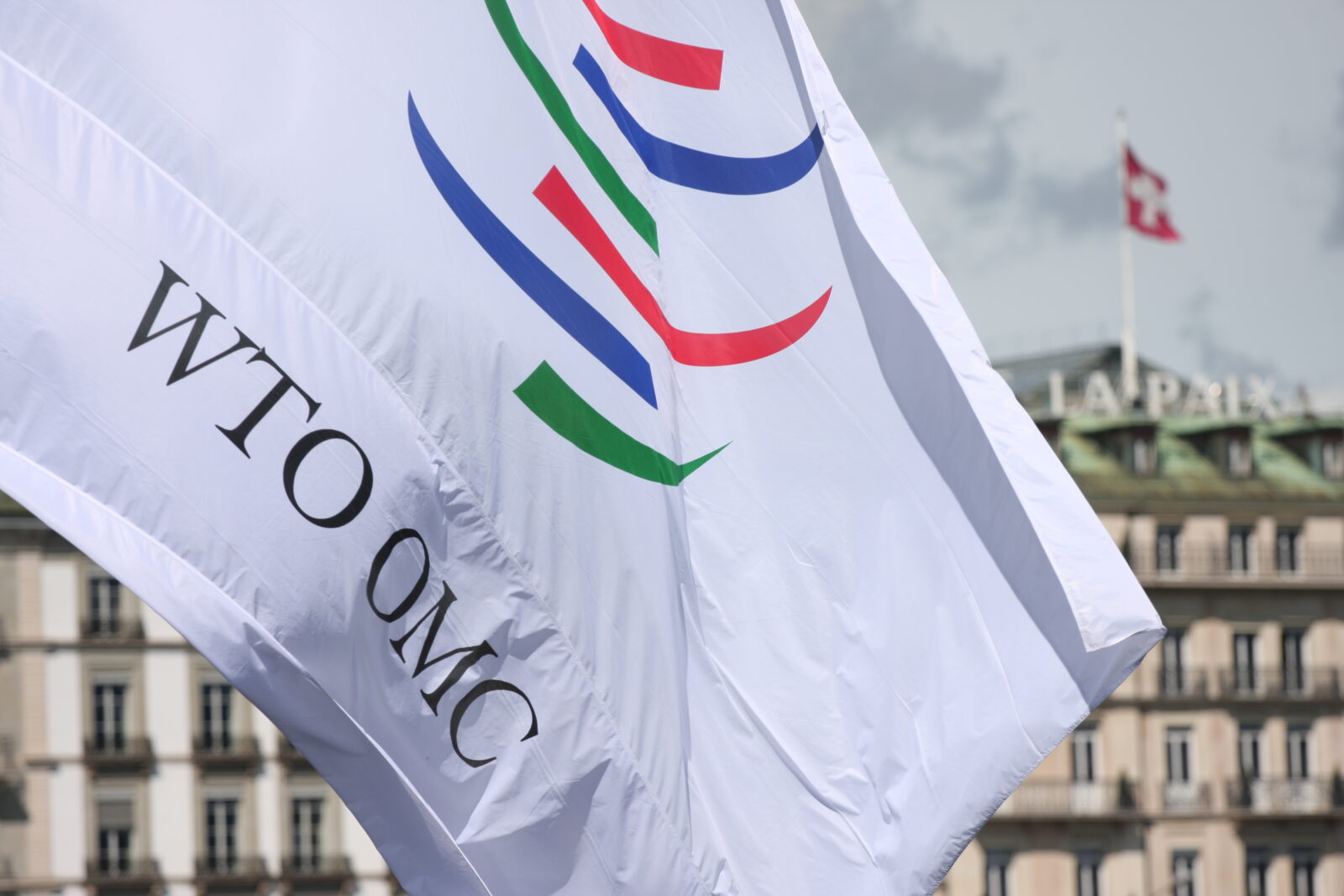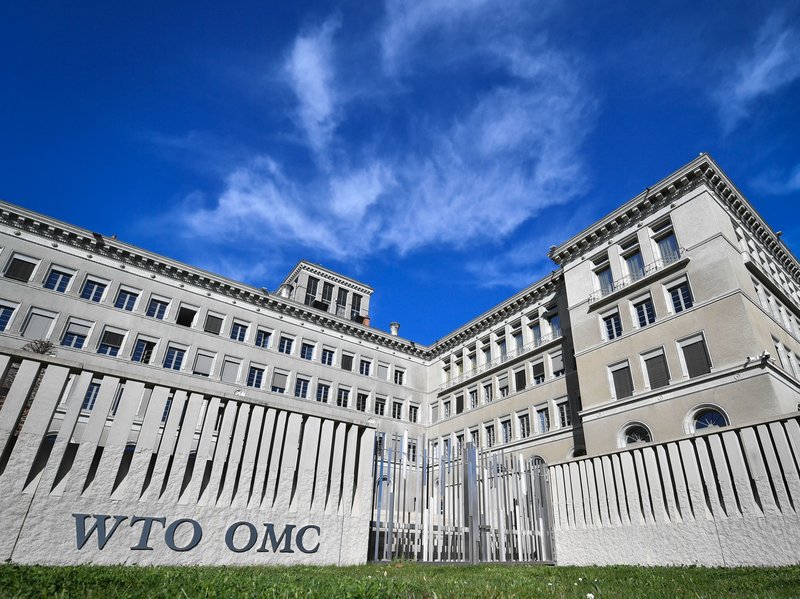
The trade war triggered by Donald Trump has repercussions on the most exporting American agricultural sectors. The import taxes applied by the Chinese in retaliation concern in particular soybeans and pork (tariffs of 25%). To respond to the fears expressed by the Farmers, the President of the United States announced emergency aid to the tune of 12 billion as of July 24th. The US Department of Agriculture has published the details of the measures taken on August 27th.
The distribution of the envelop is made of 3 parts:
– The Market facilitation Program, which is direct relief to farmers, will be rolled out in two tranches (88%)
– The Food Purchase and Distribution Program, which will complement the internal food aid program (10%)
– The Trade Promotion Program, to develop the opening of markets for export (2%)
Emergency direct aid covers seven commodities: cotton, maize, milk, pork, soy, sorghum and wheat. The system is based on a payment to farmers based on their production of the year, with the exception of milk for which historical production references provided under the Margin Protection Program for dairy are used.
This component is split into two parts: a first started on September 4, for which farmers can be paid 50% of their production, and a second, if the US government deems necessary, and whose implementation will begin in December. This is a completely voluntary program, for which we do not yet have information about participation. Payments are based on amounts per tonne.
The highest rate is for soybeans: $ 60 / T, directly impacted by Chinese measures. At the end of May the soybean price was $ 375 / T, compared to $ 310 / T in early September, so the amount of emergency aid is close to the price drop observed by soybeans.
Nevertheless, like the Farmdoc Illinois analysis explains, not all rates appear to be dependent on price developments that have occurred since the introduction of the new Chinese tariffs. Cotton and wheat have seen their price increase but are still part of the program, symbolically. Sorghum and maize saw their prices fall by about 5% each, yet sorghum has an aid rate of $ 33.85 / T whereas corn has a rate of $ 0.39 / T.
USDA’s planned spending for this first round is $ 4.7 billion, of which $ 3.6 billion is for soybeans alone. This manna accounts for almost 9% of the value of production and 16% of total US soybean exports in 2016. It should be noted that this is only the first part of the Market Facilitation Program.
The food aid program has already forecast more than $ 1.2 billion in spending. Half of this spending goes on pork ($ 558 million), which went from $ 1.64 / kg in mid-June to $ 0.73 / kg in early September (Iowa / Minnesota carcass). These purchases represent 55% of the value of US pork exports in 2016, and 3% of the value of domestic production. Dairy products, pistachios and apples are also concerned by this aid to the flow via the American food policy.
Finally, the last program will only concern $ 200 million in budget. It must make it possible to support communication actions to promote the marketing of US products, without specifying further details at this stage on the products and markets concerned.
In the end, if the implementation of the measures did not delay the announcement of President Trump to unlock $ 12 billion for farmers most affected by trade tensions between Americans and Chinese, it will be necessary to wait until December to see if the second tranche optional will actually be unlocked. But whatever the case may be, the efficiency of the US government’s intervention is enough to leave European farmers dreaming, both in terms of speed and scale.













